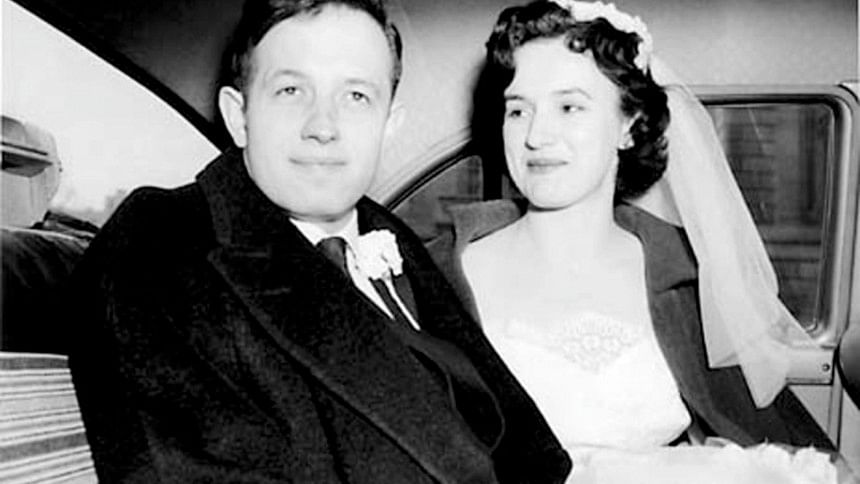John and Alicia In Thick and in Thin

We're always playing games. Sometimes we play together. Sometimes we play against each other. Sometimes we play the same game only once. Other times we play the same game more than once. Sometimes we know enough information about each other. Other times we don't know enough about each other. No matter how we play a game, we will all be happy if the following two statements are true at the same time.
1: I am doing the best I can, knowing you and others are also doing the best you can.
2: You are doing the best you can, knowing I and others are also doing the best we can.
If any one of the above statements is not true, at least one of us won't be happy. In that case, we won't reach what has now become folklore, a Nash Equilibrium.
My introduction with John Nash was not through the 1998 biography Beautiful Mind by Sylvia Nasar or the 2001 Oscar winning movie by the same name in which Russell Crowe made Nash a household name. Although I was vaguely familiar with Game Theory and the Nash Equilibrium ever since the first Nobel in Economics for Game Theory in 1994, it was not until January 2011 when the Economics Department of North South University asked me to take their Game Theory course that I entered a world to which I respond with pleasure whenever a call comes.
Before I made an effort to learn Game Theory and the impact of the Nash Equilibrium, I couldn't make rhymes and reasons of many phenomena in economics. The simplicity of the Nash Equilibrium and the coincidence that my birthday is on June 12, and Nash's on June 13 made me more and more inquisitive about Nash.
Economics is no stranger to mathematicians. Ever since the middle of the 19th century, mathematicians have come and gone with one model after another. What makes Nash unique is that he remains one of the few mathematicians who can show original mathematical contributions in both economics and pure math. We have a romanticised notion when it comes to a genius. It's true that Nash lost 30 years in his life, but it's also true in between 1948 (when he came to Princeton for a PhD) and around 1960 when he started hearing voices in his head, Nash had introduced his equilibrium for Game Theory and also solved Reimann's problem in differential geometry now known as the Nash Embedded Theorem. Nash also made original contributions in differential equations and topology. By the beginning of the 1960s, Nash had established himself as one of the finest mathematicians of his time.
Behind every great man is an even greater woman. This is where John Nash remains John Nash thanks to his loving wife, Alicia Nash. Nash's colleagues at Princeton always had the time and space for him, but to get out of schizophrenia was unheard of. It needed the unconditional love and patience of Alicia to help John make a comeback from schizophrenia. What a comeback it was with a Nobel Prize in economics in 1994 and an Abel Prize for his contributions in mathematics in 2015.
Thanks to Alicia, Nash opened a world of game theory for me and my students. Like Alicia, I wouldn't have been able to experience the 'beautiful math' were it not for my students. Nash made me appreciate that intuition is the most powerful mathematical tool. Like Romeo and Juliet, John and Alicia's marriage was made in the heavens. Like Romeo and Juliet, they left the world together, two 'beautiful souls', hand in hand, in thick and in thin.

 For all latest news, follow The Daily Star's Google News channel.
For all latest news, follow The Daily Star's Google News channel. 



Comments